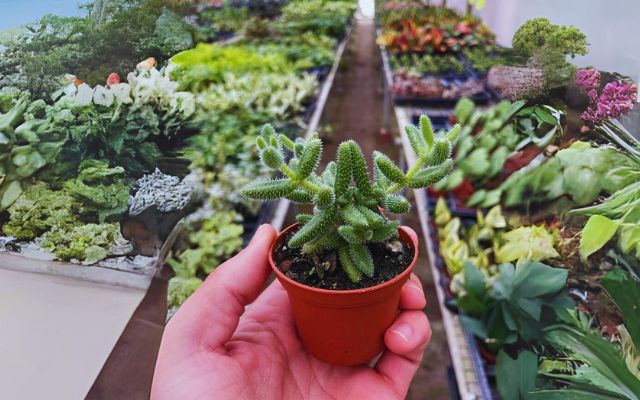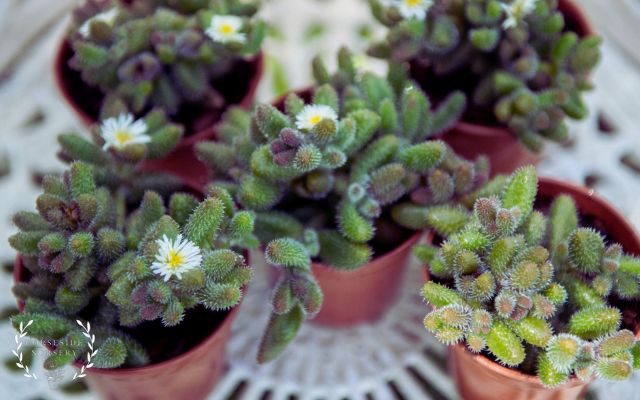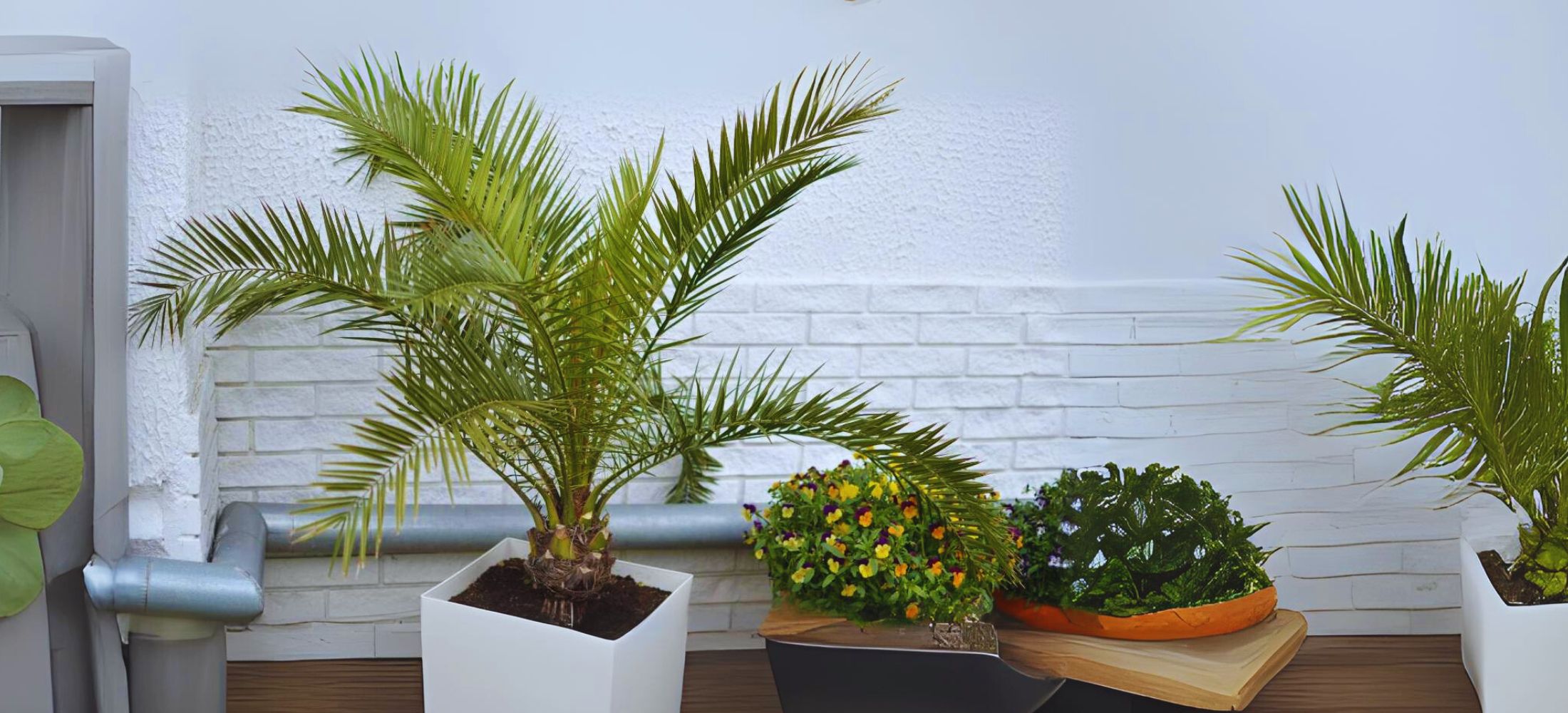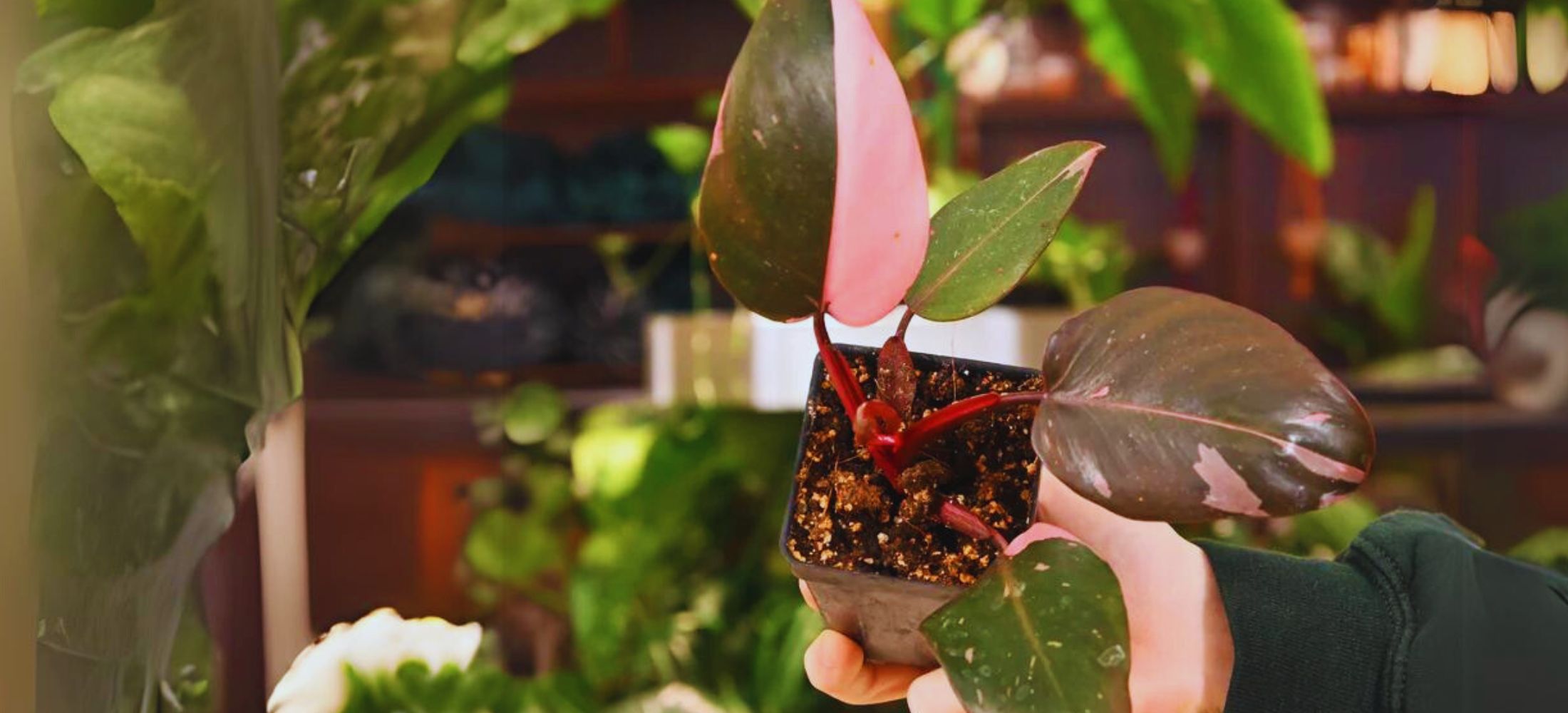Introduction to”Pickle Plant”
Delosperma Echinatum , usually called the “Pickle Plant,” is a very specific succulent that catches the eye with its uncommon, pickle-like stems. The fuzzy, hair-protected leaves resemble mini pickles, giving this plant a quirky enchantment that’s popular amongst succulent fans and creditors. Its one-of-a-kind appearance isn’t the high-quality cause it is cherished; it’s additionally easy to attend to, making it ideal for beginners.
Native to South Africa, the Pickle Plant prospers in heat, arid situations, tailored to live in drought effectively. This quality makes it a hardy choice for indoor areas in which low humidity and vivid light are not unusual. With minimal effort, this plant can upload appeal and man or woman to any domestic or office.
Physical Characteristics of Delosperma Echinatum

The Pickle Plant sticks out with its compact, furry increase and small, cylindrical leaves that look like tiny pickles. Each “pickle” is covered with smooth, hair-like bristles, giving the plant a barely prickly, however fuzzy texture. The leaves’ colourful green shade may even turn reddish in excessive daylight, including each other layer of visible interest.
In addition to its particular foliage, the Pickle Plant moreover produces small movie star-shaped flora. These blooms, which can be typically yellow, white, or light green, emerge in spring and summer. Although now not very extraordinary, the vegetation uploads an additional little bit of charm and proposes a healthful, nicely-cared-for plant.
Hardiness Zones and Outdoor Growing
The Pickle Plant is amazingly suited for USDA hardiness zones 10-11, which means it may be grown outside in slight climates where frost is uncommon. If you stay in a cooler region, it is higher to keep the Pickle Plant interior because it isn’t frost-tolerant. Outdoors, partial color is recommended to save you leaf burn in hot climates, with morning or filtered solar being ideal.
If grown outside, defend the plant from excessive rain, because it’s prone to root rot at the same time as being too moist. Container planting lets you deliver it internally sooner or later in colder months, letting it maintain growing in a secure environment.
Pickle Plant Varieties and Related Succulents
While Delosperma Echinatum is the great-recounted “Pickle Plant,” there are several related species with comparable care goals. These flowers can add variety to a succulent series and supplement the Pickle Plant’s precise form and coloration.
Delosperma cooperi, also known as the Hardy Ice Plant, is intently associated and has colorful pink vegetation. It stocks the Pickle Plant’s hardiness and low water necessities, making it a high-quality companion plant. Delosperma nubigenum, or Yellow Ice Plant, has completely satisfied yellow flowers and a sprawling boom dependency, including a contrasting shape.
Ideal Growing Conditions: Sunlight, Water, Soil, and Temperature
Providing the proper conditions is crucial for helping your Pickle Plant thrive. It may be low-preservation, however assembly of its fundamental wishes ensures it grows robust and healthy.
Sunlight Requirements
The Pickle Plant prefers brilliant, indirect mild but can manipulate a bit of direct sun, specifically within the morning. A sunny window, like an east or west-dealing one, is good for indoor growth. In decreasing light, it could live to inform the story however may additionally need to develop slower or lose its vibrant color, making an exquisite mild situation for the exceptional outcomes.
Watering Needs
This succulent is pretty drought-tolerant, wanting minimal water to thrive. Water best even as the soil is fully dry, as overwatering can cause root rot. During wintry climate, whilst the plant’s boom slows, watering needs to be decreased even similarly, allowing it to rest sooner or later of its dormant season.
Best Soil and Potting Tips
To assist its drainage needs, use a cactus or succulent soil combo, which prevents extra water from pooling across the roots. A pot with drainage holes is essential, as it lets in any extra water to escape and reduces the danger of root-associated troubles. With the right soil and pot, your Pickle Plant can stay healthful and colorful.
Temperature and Humidity Preferences
The Pickle Plant flourishes in traditional indoor temperatures between sixty five-75°F (18-24°C), which makes it best for home environments. It doesn’t require immoderate humidity, tolerating dry situations properly. This pleasantness makes it an top notch alternative for air-conditioned rooms or regions with actually low humidity ranges.
The Growing Season: When and How it Grows Best
The Pickle Plant reviews its height developing season in the spring and summer time months, at the same time as it places on most of its new growth. This period is at the same time as it’s maximum lively, and you’ll probably even see a few tiny blooms. Watering slightly more in some unspecified time in the future of this time and imparting occasional slight feeding with a balanced fertilizer can help robust boom.
During winter, the Pickle Plant enters dormancy, and its increase fee slows down. At this time, it calls for minimal care, with reduced watering to prevent root rot. This seasonal cycle makes it a smooth plant to take care of 12 months-spherical, adapting its desires based totally on the herbal developing season.
Care Guide: How to Keep Your Pickle Plant Thriving
Keeping the Pickle Plant wholesome is simple with only some routine care practices. Regularly rotating the plant allows certain even mild exposure, preventing choppy boom and retaining it compact and balanced. You also can trim leggy stems to maintain a fuller look, specially if it has stretched in low mild.
Feeding your Pickle Plant can in addition enhance its growth. During spring and summer time, fertilize sparingly with a balanced succulent fertilizer, a few times is typically sufficient. This facilitates it to live wholesome without overwhelming it with vitamins, maintaining its increase steady and herbal.
Pests and Diseases: Protecting the Pickle Plant
The Pickle Plant is normally pest-resistant, but some common issues may additionally moreover despite the fact that they get up. Mealybugs and spider mites are the maximum likely pests, performing as white cotton-like spots or webbing at the plant. Wiping down affected regions and using insecticidal cleaning cleaning soap can assist maintain the ones pests underneath manage.
Root rot is the principal disease that could have an effect at the Pickle Plant, regularly attributable to overwatering. Using properly-draining soil and a pot with drainage holes enables you to save you this. In unusual cases, fungal infections may arise if the plant is stored in excessive humidity. Keeping the air around it dry and keeping off leaf moisture can save you fungal growth.
Propagation Tips: Expanding Your Pickle Plant Collection
The Pickle Plant is easy to propagate, permitting you to create new plants for yourself or to share. Stem cuttings are the maximum dependable technique; certainly snip a healthy stem and allow it dry for some days earlier than planting. Place the slicing in nicely-draining soil and mist gently till roots expand, typically internal for a few weeks.
Propagation may be a rewarding manner to enlarge your plant series and make certain you constantly have a healthy new plant accessible. With time, your propagated Pickle Plants can grow into mature, complete flora, equipped to thrive alongside the authentic.
Conclusion: Why the Pickle Plant is a Great Addition to Any Collection
The Pickle Plant (Delosperma Echinatum ) is an adorable succulent with a unique look and smooth care necessities, making it a brilliant desire for any plant collection. Its playful, pickle-normal leaves upload enchantment to each cutting-edge and traditional indoor space, growing a natural communique piece.
Additionally, it’s resilient and occasional-preservation, suiting novices who can be new to succulent care as well as skilled plant enthusiasts looking to increase their series.
Beyond its aesthetic enchantment, the Pickle Plant’s drought tolerance and flexibility to various mild situations make it flexible and pressure-free to preserve. It prospers with minimum interest, desiring absolutely occasional watering and vibrant, indirect mild to live wholesome.
With its particular look and easy care, this plant offers splendor and convenience, making it a really best addition to any home or office.
Read more: Big Bend Yucca (Yucca rostrata): A Comprehensive Guide




One thought on “Delosperma Echinatum ‘The Pickle Plant’: Complete Guide”